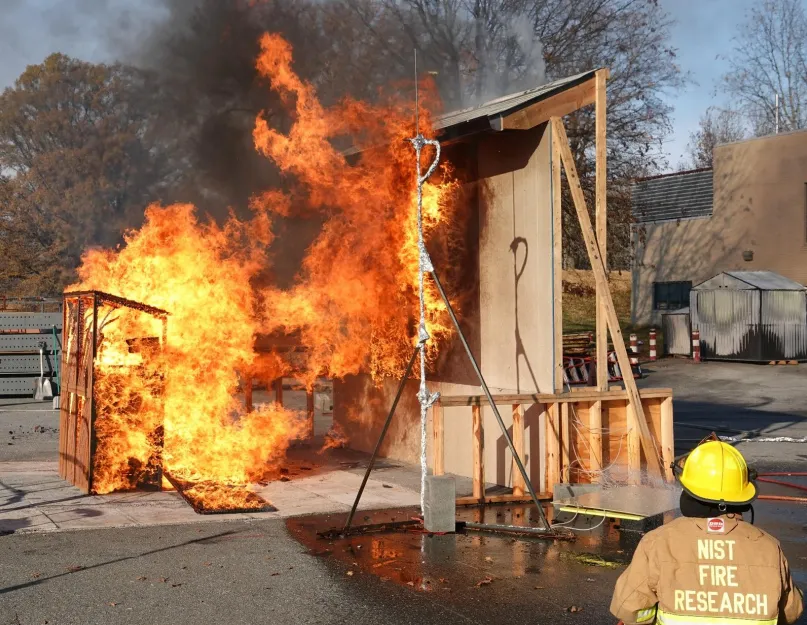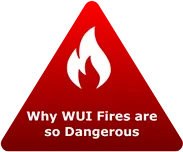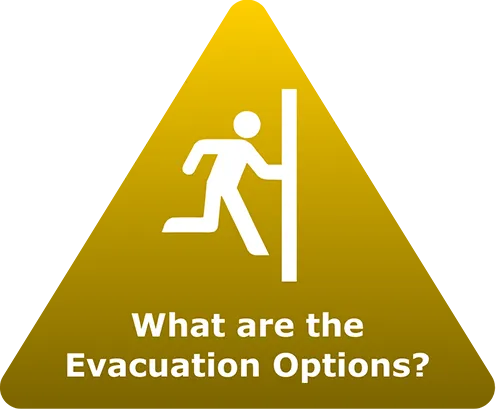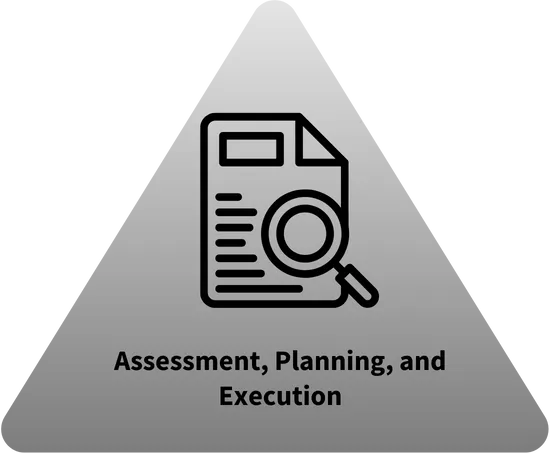
WUI Fire Evacuation and Sheltering Considerations — Assessment Planning and Execution
For the best experience, we recommend completing the ESCAPE course on a desktop or laptop computer, as mobile devices may not fully support interactive features or display all content as intended.
ESCAPE
EVACUATION PLANNING
Learn how ESCAPE (WUI Fire Evacuation and
Sheltering Considerations — Assessment,
Planning, and Execution) provides crucial
guidance for wildfire evacuation planning,
enhancing life safety for civilians and first
responders. Start the course at the
bottom of the page.
What is ESCAPE?
ESCAPE is a research-based method for community evacuation planning, developed from case studies of destructive wildfires in the Wildland-Urban Interface (WUI). It offers actionable insights and planning tools to enhance community evacuation strategies.
Who Can
Benefit From ESCAPE?
 Emergency Management Professionals
Emergency Management Professionals  Community Leaders and Volunteers
Community Leaders and Volunteers  Local Officials in Fire Prone Areas
Local Officials in Fire Prone Areas  Residents Seeking Wildfire Evacuation Info
Residents Seeking Wildfire Evacuation Info 
Credit: USFS
Why Wildfire
Evacuations Require
Special Consideration
Wildfires pose unique challenges for evacuations due to rapid spread and unpredictable behavior. Lessons from past disasters, like the 2018 Camp Fire, emphasize the importance of proactive evacuation planning. ESCAPE is designed to equip communities with essential knowledge and strategies for wildfire evacuation preparedness.
Get Started and
Explore Escape Modules
Take the course all at once or enjoy the modules each at your own pace, providing real world research and examples for you, your team, and your community to thrive upon.

Credit: NIST
Why This Platform Exists
This platform serves as a training and educational tool for community officials, emergency managers, and first responders. It provides:
 A structured
A structured understanding of wildfire
evacuation dynamics
 Scenarios highlighting
Scenarios highlighting high risk situations and mitigation
techniques.
 Tools for assessing community
Tools for assessing community readiness and developing
robust evacuation plans.
DISCLAIMERS
Best practices for planning and operations are a work in progress by emergency management agencies and researchers to establish a desired standard of performance for evacuation plans that specifically address no-notice WUI fire events. Local implementations may vary depending on local laws and other capacity to achieve the desired performance, including:
- Authority for mandatory evacuation
- Local processes and requirements
- Notification/communication methods and authority
- Terminology
- Existing community programs, knowledge, and planning by both residents and first responders
Individuals should seek official evacuation information from their local authorities.



